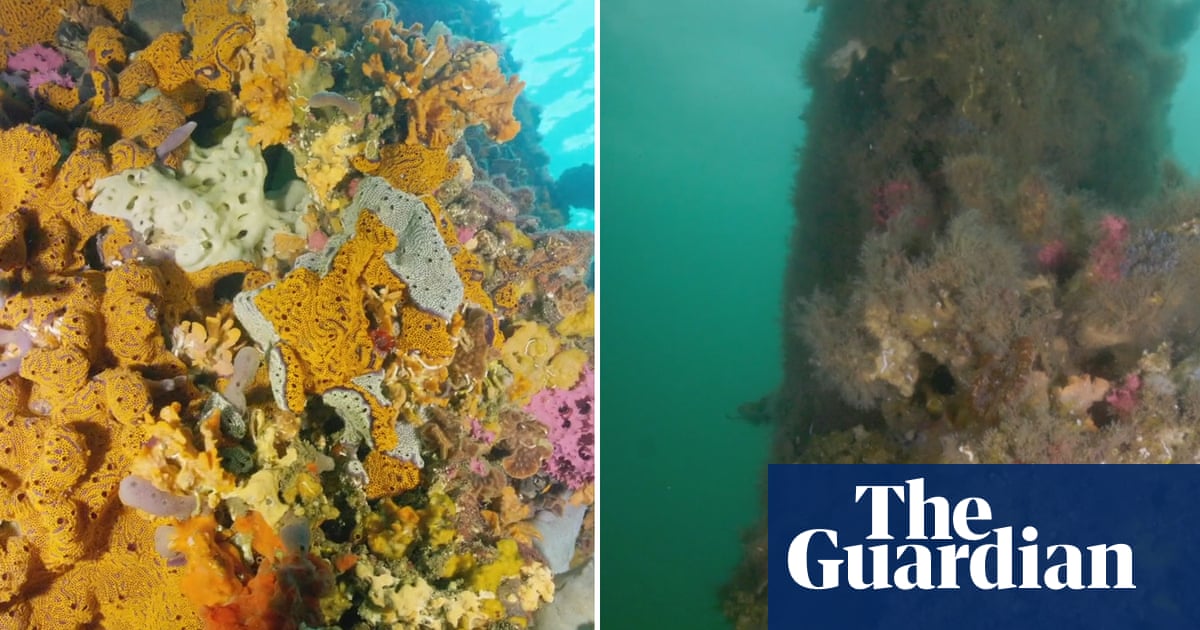South Australia is facing a serious environmental crisis. A toxic algal bloom, caused by the algae Karenia mikimotoi, has spread to Adelaide’s beaches. Alarmingly, this bloom has been wreaking havoc along the state’s coastline since March, impacting marine life and local communities.
Until recently, the city beaches appeared largely unaffected. However, following a major storm on June 24, residents began to witness large numbers of dead fish, rays, and even rare sea creatures washing ashore. This left many in Adelaide concerned, as local marine biologist Dr. Michael Bossley noted, “Suddenly, the people of Adelaide and the government are doubling down on their concern.”
South Australia’s Environment Minister, Dr. Susan Close, acknowledged the ongoing challenge: “We are helpless in the face of nature. The algal bloom might not disappear soon and could return in the future.” She highlighted that the bloom’s movement is highly variable and influenced by weather patterns and water conditions, making its effects on wildlife and humans unpredictable.
In recent weeks, testing has confirmed the algae’s presence in West Lakes, a suburb in western Adelaide. Additional samples are being collected from several other areas, including the Port River. Despite hopes that cooler water temperatures might help, storms have instead helped the algal bloom spread.
Statistics reveal the extent of the damage; approximately 8,000 dead marine animals have been recorded, affecting around 390 different species as part of the SA Marine Mortalities project. Fishing conservation charity OzFish is actively involved in tracking these unfortunate events. As project manager Brad Martin mentioned, “Areas once bustling with marine life, like sponge gardens and shellfish beds, are now considered graveyards.”
Recent studies indicate a concerning trend. Marine biologist Professor Shauna Murray explained that the toxic algae produces reactive oxygen, leading to gill cell damage in fish, effectively suffocating them. The impact is not just ecological; it also affects local fishing communities. For example, Goolwa pipis have reported mortality rates up to 37%, directly impacting tourism and local businesses.
Asher Dezsery, executive officer for RecFish SA, emphasized the situation’s gravity: “Fish are being poisoned; they need to bounce back quickly.” The local government is now working with commercial fishermen and tourism operators on a recovery plan for when the bloom subsides.
While the situation is dire, many experts believe that increasing marine heatwaves, driven by climate change, are contributing to the bloom’s occurrence. Dr. Bossley warned, “We are seeing marine heatwaves becoming more common not just here, but globally.”
This ongoing crisis in South Australia underscores a pressing need for collective action to understand and combat the effects of climate change on marine ecosystems. The path forward may be challenging, but raising awareness is a crucial first step.
For more information on marine health and conservation initiatives, explore resources like the SA Marine Mortalities project.






















